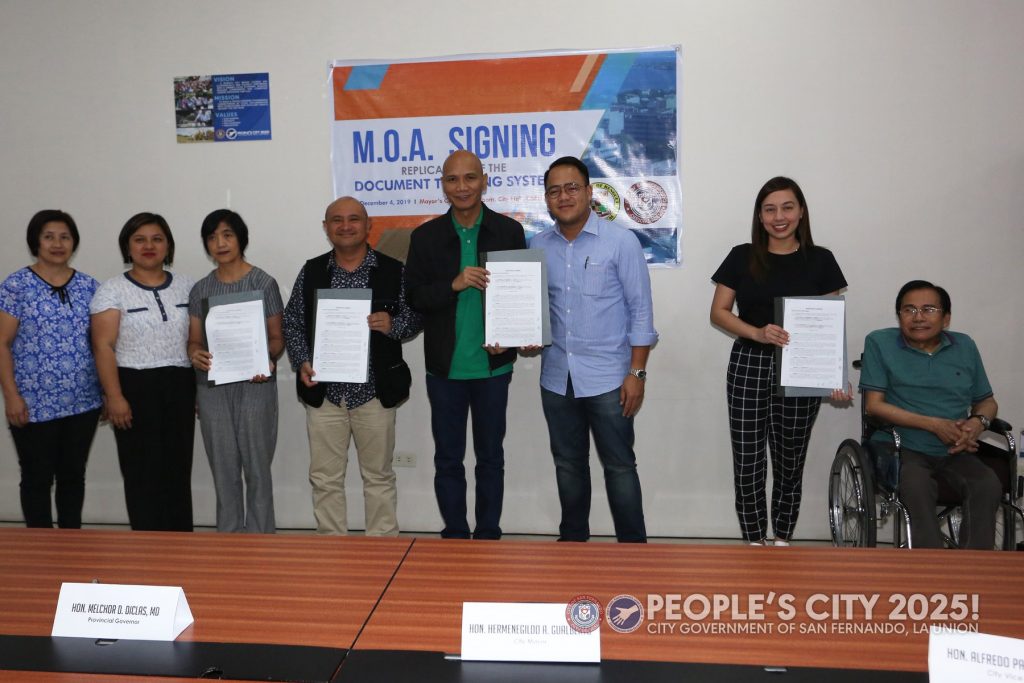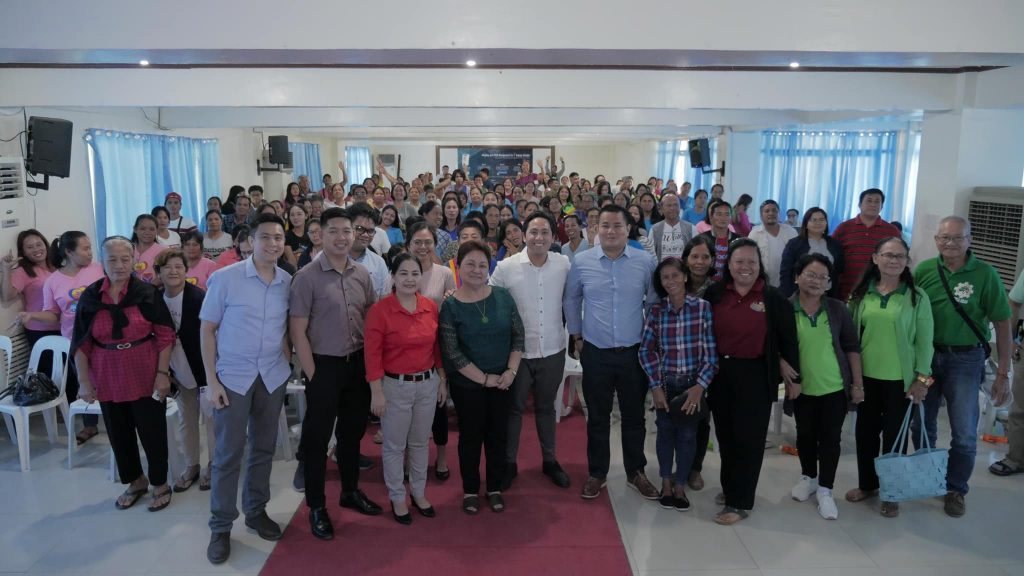Organization
City of Government Bacoor, Cavite
Best Practice Focus Area/s
Leadership, Citizens / Customers, Operations
Year Implemented
March 2020 onwards (during the COVID-19 pandemic)
This is a GBPR Entry
Summary
The City of Bacoor responded decisively by addressing the concerns and plights of Returning Overseas Filipinos (OFWs) as early as 18 March 2020. Through the leadership of Bacoor City former Mayor Lani Mercado Revilla, the Bacoor Public Employment Service Office (PESO), which also manages the OFW Help Desk Office, under the supervision of Dr. Abraham Domingo De Castro, implemented the “The PESO-OFW Help Desk Profiling, Monitoring, and Facilitation Program of the City Government of Bacoor in the time of the Global COVID-19 Pandemic” to answer the felt needs of the City of Bacoor. This program is a special add-on to the regular activity being performed and spearheaded by the Bacoor PESO Department and OFW Help Desk Office of the City to all its constituents.
Background and Problem
In a recent survey by the Philippine Statistics Authority (PSA) on the number of Overseas Filipino Workers (OFWs) abroad, CALABARZON was mentioned as one of the regions with the highest number of OFWs at 20.7%. The province of Cavite, particularly the City of Bacoor, shares the same finding regarding OFWs, as shown by the fact that the City of Bacoor has gone through great lengths to establish a one-stop shop government service to cater to the needs of OFWs and a satellite office of OWWA. The normal operation of the Bacoor PESO, which supervises and manages the OFW-HD since its conception, has always been in place to proactively cater to the concerns of the local labor force, looking for employment and facilitation of documents and claims of OFWs. The Bacoor OFW Help Desk at the Bacoor City Government Center has paid much attention to the needs of the country’s proclaimed “modern-day heroes” ever since.
Normally, the PESO-OFW HD Office processes documents and inquiries of OFWs who come to the office to avail of services from partner national agencies. However, due to the pandemic, it is imperative that the Bacoor PESO strictly profiles and judiciously monitors returning Bacooreños, not only for their safety and benefit but also in consideration of their receiving barangays. The profiling of the arriving OFWs started immediately after identifying the checkpoints for arriving OFWs in Longos, Talaba, and Molino Daang Hari Road after the first meeting of the Bacoor COVID-19 Task Force last 17 March 2020.

Solution and Impact
“The PESO-OFW Help Desk Profiling, Monitoring, and Facilitation Program of the City Government of Bacoor in the time of the Global COVID-19 Pandemic” highlights the huge impact of ensuring the safety of returning OFWs and the local labor force as well as the needs of their families by rallying all significant departments in the City to act and heal as one, through collaboration and inclusivity to address the concerns brought about by the COVID-19 pandemic on top of the delivery of basic services already in place. The program was able to identify, profile, and monitor returning OFWs in the city, connect them to agencies that can extend help during the pandemic through the designated helpline, and provide needed employment.
The program successfully profiled and clustered 631 returning Bacooreño OFWs in the 73 barangays of Bacoor and has been monitored by different government agencies that answered their needs. Some returning OFWs availed of the free health quarantine facility, OFW helplines, and available job opportunities. Reports of profiled returning Bacooreño OFWs were also endorsed to the BDRRMO and CHO for follow-up and health monitoring in coordination with the BHERT. Close collaboration with the OWWA and DOLE was also highlighted.
When the COVID-19 pandemic struck, the City Government of Bacoor and PESO entered into a Memorandum of Agreement with FoodPanda Philippines, Inc. and JoyRide/Happy Move Company to help answer the needs of the city on employment and food delivery. The program provided work to almost 300 displaced Bacooreño tricycle drivers, ordinary workers, and interested OFWs and answered the need for food delivery in the city due to the pandemic. DOLE Region 4A commended the program for its “out of the box ideas in delivering enhanced and improved employment service suitable for the current situation,” saying that “these services are needed more than ever, especially now that many members of our labor force are affected due to the stringent community quarantine.”
Milestones/Next Steps
Very recently, in June 2020, at the height of the COVID-19 pandemic, DOLE CALABARZON Regional Director Henry John S. Jalbuena expressed his utmost commendations to the Bacoor PESO Manager and Local Chief Executive for their out-of-the-box ideas in delivering enhanced and improved employment service suitable for the current situation. “We are in awe of the brilliant men and women of PESOs in the Calabarzon Region for their creativity and innovations for the continuous delivery of employment services amid the battle against the COVID-19 pandemic. These services are needed more than ever, especially now that many members of our labor force are affected due to the stringent community quarantine.”
Some of the innovations that emerged in the Region are the partnership of Bacoor with the food delivery service app FoodPanda, JoyRide, and HappyMove, which benefitted displaced tricycle drivers, ordinary laborers, and some OFWs.
To date, the program was also able to profile and assist 631 returning OFWs during the COVID-19 pandemic, answer their concerns, and provide employment assistance to those in need.


